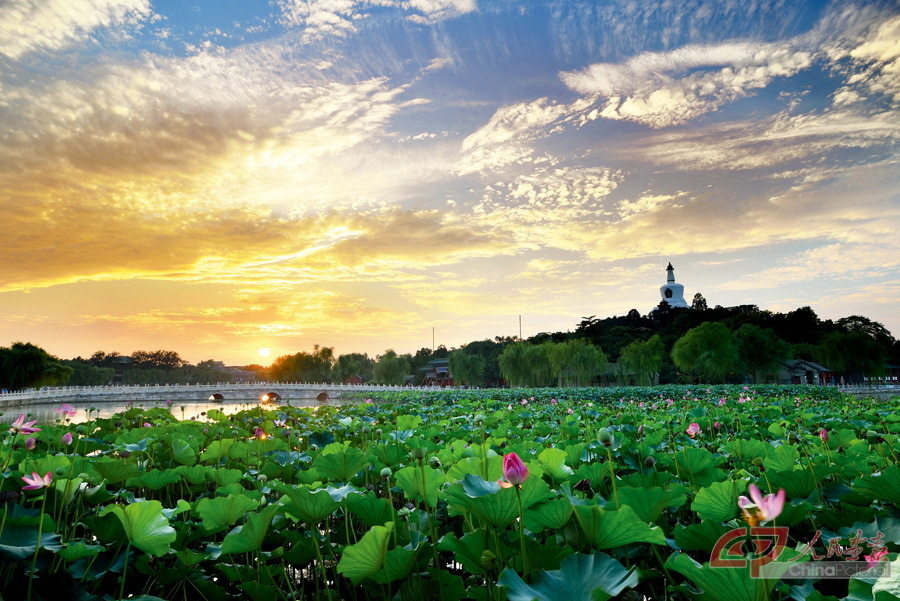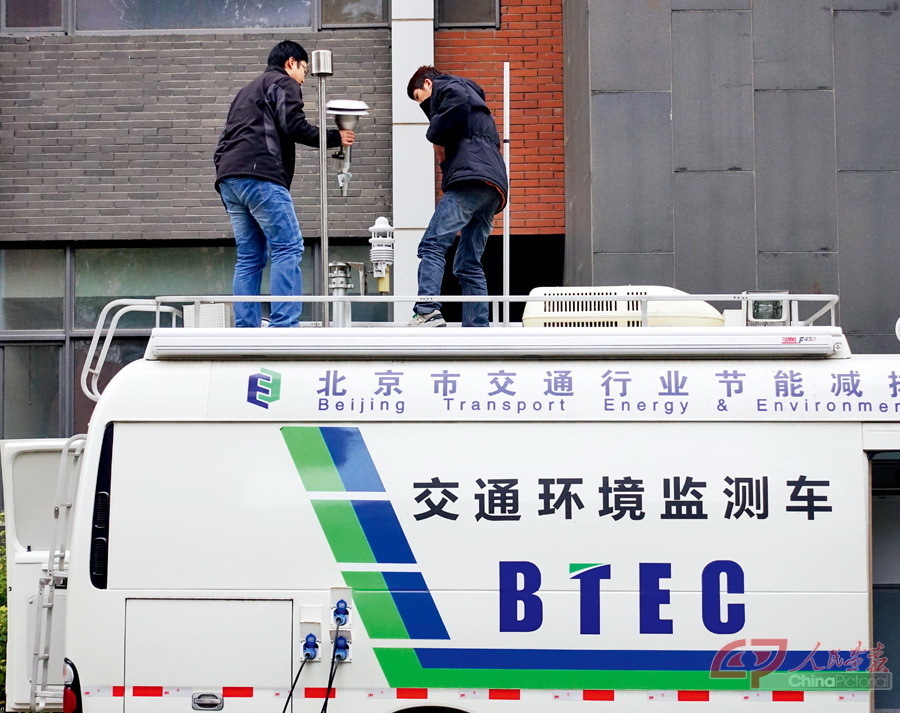No Free Blue Sky

China has been plagued by smog in recent years, especially in the region around Beijing, Tianjin and Hebei Province. The pollution remains heavy and needs to be curbed immediately. Issued in 2013 by the State Council of China, the Law of the People’s Republic of China on the Prevention and Control of Atmospheric Pollution, the strictest ever of its kind in the country, defines a clear target for decreasing the density of PM2.5 and outlines a workable action plan. More recently, the National Academy of Development and Strategy (NADS) at Renmin University of China published Report on Policy Evaluation of Smog Governance in Beijing-Tianjin-Hebei Region, which confirmed that the Beijing-Tianjin-Hebei region still faces an uphill battle to meet the targets set for 2017.f

Industrial Transformation
“At its core, the smog problem in the Beijing-Tianjin-Hebei region is because the total volume of pollution in the region has greatly surpassed the local environment’s carrying capacity,” says Shi Minjun, publisher of the report and research fellow of the NADS.
The Outline of the Plan for Coordinated Development for the Beijing-Tianjin-Hebei Region, released in 2015, lists environmental governance as one of the top three priorities. “Coordinated development of the Beijing-Tianjin-Hebei region is a key strategy,” adds Shi. “Through the established mechanism, administrators can solve urban problems facing Beijing and still limit air pollution while promoting industrial transformation. Development in Beijing, Tianjin and Hebei Province has reached different levels, so each place has different capabilities to handle pollution. With the improvement of governance, coordinated pollution fighting has become more important.”
The report concludes that the solution to smog control is adjusting the industrial structure. Merely shutting down factories cannot eliminate smog throughout the region. Industrial transformation should move forward so that the volume of pollution can be controlled and the environmental burden decreased.
“Industrial restructuring must have some impact on the economy,” explains Shi. “But the economic system has the ability to adjust automatically to adapt to the transformation and alleviate the impacts. So local governments have to face up to the short-term effects resulting from smog control on the local economy and public livelihood.” Actually, Shi believes that if the possible health cost brought by smog is taken into consideration, the economic cost of smog control is not so massive.

Efforts for Blue Sky
“Industrial transformation is important,” Shi opines. “But it has become consensus that environmental protection requires joint efforts from governments, enterprises and the public.” In his opinion, lifestyles, social norms and industrial protection can also influence the smog situation. The public must understand that blue skies have a cost. Everyone can contribute and many must make sacrifices.
Last century, developed countries such as Britain, Japan, and the United States also suffered severe pollution during certain periods. Japan, for instance, was frequently shrouded by heavy smog in its preliminary phase of industrialization. At one point, the Yokkaichi asthma broke out because locals inhaled so much pollution from chemical plants. Such incidents led to the rise of environmental NGOs, which helped place pressure on the government to act. Since the 1960s, the Japanese government has successively promulgated laws concerning environmental protection. By the 1980s, the country had developed multiple channels, governmental departments, joint law enforcement, enhanced technical development and green consumption concepts.
“Not only enterprises but also individuals need to fully understand that blue skies are not free,” Shi continues. “People should know that electricity is more environmentally-friendly than natural gas and that natural gas is more so than coal. However, cleaner energy is also more expensive. Protecting the environment requires sacrifice. How many people are willing to commit to lifestyle changes?”
Shi illustrates that parents driving their kids to school in the morning cause about a third of Beijing’s traffic jams. If school buses were used to transport the students, traffic congestion would be alleviated considerably and emissions would drop. But so far, the government has not introduced a policy to provide school buses. If schools took the lead, they would need to employ more staff and take on more risk, so few are willing to shoulder the responsibility.
Analysts estimate that when Beijing enforces the even-odd license plate rule, fuel consumption drops by about 30 percent. Hybrid cars have proven effective not only in reducing emissions, but also in achieving better fuel economy. If traditional cars could be gradually upgraded or traded for hybrid models, emissions would also be reduced. But presently, the most popular hybrid models are only marketed by foreign companies. If environmental protection is the top priority, Shi thinks the government should abandon protecting the market for domestic manufacturers. Shi considers pollution control a systematic mission involving a variety of social aspects, which means that urban management practices still have much room to improve.

No Unified Environmental Regulations
When an economy develops to a certain level, the public begins to demand a better living environment, which pushes enforcement of related regulations. Enterprises must upgrade their operations and the governments improve urban management. Several more developed provinces such as Zhejiang, Jiangsu and Guangdong have played a leading role in environmental protection. “To meet higher environmental protection standards, Shaoxing’s Keqiao, a district mainly relying on the textile dyeing industry, has switched to natural gas from coal,” says Shi. “Its air quality has improved a lot. Economic development can drive companies to clean up on their own.”
Shi also cites his hometown, a mountainous region in Zhejiang Province. In the 1980s, locals reclaimed land to plant corn, but now they have found better sources of income. Since they are no longer driven to develop more farmland for survival, the mountains have gradually recovered and become greener. Shi believes that environmental regulations should align with the local development level, natural conditions and environmental capacity. “Environmental regulations shouldn’t and cannot be uniform.”
Shi points out that smog control requires economic measures including taxation, subsidies and green lending. Economic leverage, incentives and fines can also drive the public, companies and governmental agencies at every level to change lifestyles or production modes.
“China’s control of smog could take two or three decades, if we look at international experience,” Shi admits. “One decade might be possible. Rome was not built in a day. It will take time to solve all the accumulating problems. If governments at various levels implement proper measures and enterprises upgrade, we will definitely see noticeable improvements.”